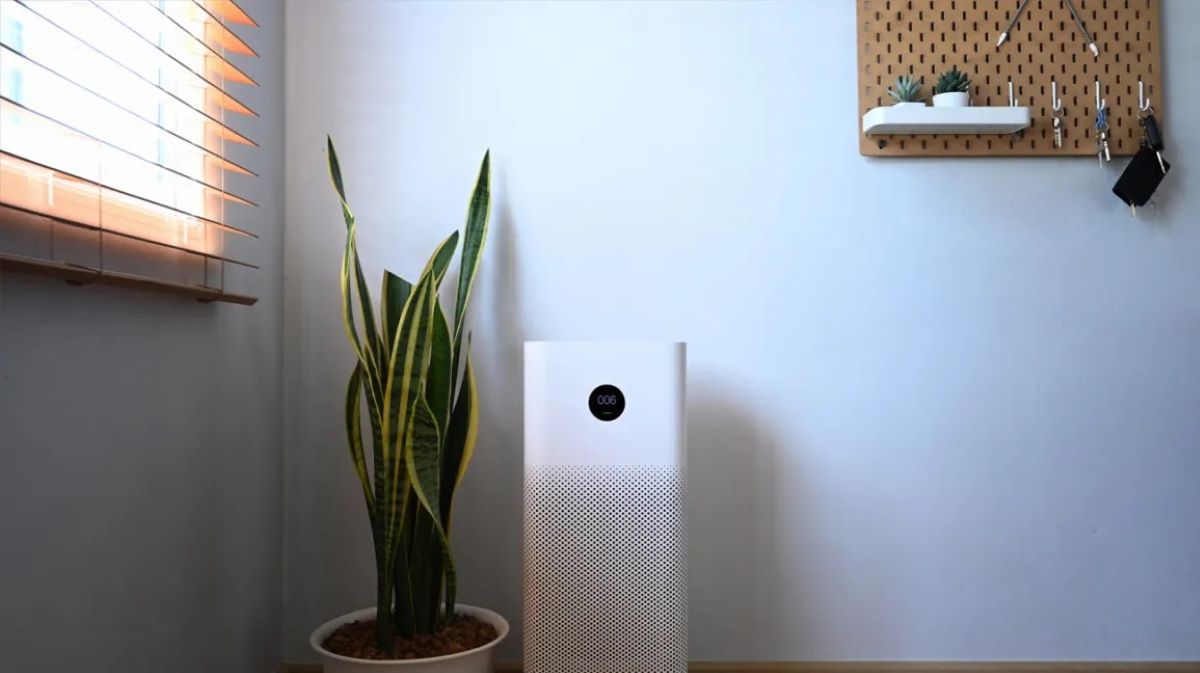

Articles
What Does An Ionizer Do On A Fan
Modified: January 19, 2024
Discover how ionizers in fans improve air quality and reduce pollutants. Read our informative articles on the benefits of ionizers for fans.
(Many of the links in this article redirect to a specific reviewed product. Your purchase of these products through affiliate links helps to generate commission for Storables.com, at no extra cost. Learn more)
Introduction
Welcome to the world of modern fans! In the constant quest for improved air quality and comfort, manufacturers have introduced a variety of innovative features to enhance the functionality of fans. One such feature is an ionizer. You may have wondered, what exactly does an ionizer do on a fan? How does it work, and what benefits does it provide?
In this article, we will explore the fascinating world of ionizers and their role in fan technology. We will delve into how an ionizer functions, its benefits, drawbacks, and how to use it effectively and safely. So, let’s dive in and uncover the secrets of this intriguing feature!
Key Takeaways:
- Ionizers on fans emit negatively charged ions to reduce airborne pollutants, improve air quality, and create a fresher breathing environment, benefiting individuals with allergies and respiratory conditions.
- While ionizers offer cleaner air and mood-enhancing effects, potential drawbacks include ozone generation, limited coverage, and maintenance requirements. Understanding these trade-offs is crucial for informed decision-making.
Read more: What Does Fan Do On Ac
What is an Ionizer?
An ionizer, also known as an air ionizer or negative ion generator, is a device that is often incorporated into fans to improve air quality. It works by emitting negatively charged ions into the surrounding air. These ions attach themselves to particles like dust, pollen, pet dander, and other airborne contaminants, causing them to become negatively charged as well.
The ionized particles then adhere to surfaces or settle out of the air, effectively removing them from the breathing zone. This process, known as ionization, helps to reduce the overall pollutant levels in the room, resulting in cleaner and fresher air to breathe.
It’s important to note that ionizers differ from air purifiers. While both devices aim to improve air quality, air purifiers use filters or other mechanisms to trap and eliminate particles. Ionizers, on the other hand, work by releasing charged ions into the air, altering the electrical charge of particles and causing them to be drawn to surfaces or fall out of the air.
Ionizers are typically found in standalone air purifiers, but they are increasingly being integrated into fan units. This integration allows users to enjoy the benefits of both increased airflow and improved air quality, making fans with built-in ionizers a popular choice among consumers.
How Does an Ionizer Work?
The functioning of an ionizer is based on the principle of ionization, which involves the generation and release of negatively charged ions into the air. The ionizer utilizes an electrical charge to produce these negative ions, which are then dispersed into the surrounding environment.
Typically, a fan with an integrated ionizer will have electrodes or needles made of metal, such as tungsten or stainless steel. These electrodes are connected to a power source, which creates a high-voltage electric field. As the electricity flows through the electrodes, it causes the emission of electrons from the surface of the needles, creating a stream of ions.
The emitted ions are negatively charged, and as they disperse into the air, they interact with airborne particles and pollutants. When the negatively charged ions encounter these particles, they attach to them and impart a negative charge. This causes the particles to repel from one another and become too heavy to remain suspended in the air.
Once the particles are charged, they either settle onto surfaces or are drawn towards electrostatic plates or collection plates within the fan unit. These plates are typically positively charged, attracting the negatively charged particles and effectively removing them from the air. This process helps to reduce allergens, dust, and other airborne contaminants, resulting in a cleaner and healthier breathing environment.
It’s important to note that while ionizers effectively remove particles from the air, they do not remove gases, odors, or certain volatile organic compounds (VOCs). To address these contaminants, it may be necessary to combine an ionizer with additional air purification methods or utilize a fan with integrated purification technologies.
Benefits of Using an Ionizer on a Fan
Integrating an ionizer into a fan unit offers several benefits that enhance both air quality and overall comfort. Here are some of the key advantages of using an ionizer on a fan:
- Cleaner and Fresher Air: Perhaps the most significant benefit of using an ionizer on a fan is the improved air quality it provides. The ionizer helps to remove airborne particles such as dust, pollen, pet dander, and other pollutants, making the air cleaner and fresher to breathe. This is especially beneficial for individuals with allergies, asthma, or respiratory conditions.
- Reduced Odors: Ionizers not only reduce allergens but also help to eliminate unpleasant odors. The negatively charged ions produced by the ionizer can neutralize and break down odorous molecules, effectively reducing cooking smells, pet odors, and other unpleasant scents in the air.
- Improved Mood and Well-being: Negative ions have been associated with several positive effects on mood and overall well-being. Studies suggest that negative ions can increase serotonin levels, a neurotransmitter known for its mood-enhancing and stress-reducing properties. Thus, using an ionizer on a fan may help create a more positive and relaxing environment.
- Enhanced Sleep Quality: The presence of negative ions in the air may promote better sleep. Negative ions have been found to reduce the levels of certain pollutants, such as airborne bacteria and mold spores, which can negatively affect sleep quality. By using an ionizer on a fan in the bedroom, you can potentially create a cleaner and more conducive environment for a restful night’s sleep.
- Increased Energy and Alertness: Negative ions have also been linked to increased energy and alertness. They may help combat feelings of fatigue and improve focus and concentration. By introducing negative ions into the air through the fan’s ionizer, you can potentially experience a boost in energy levels and mental clarity.
It’s important to note that the benefits can vary depending on the size and effectiveness of the ionizer, as well as individual sensitivities and environmental factors. Regular cleaning and maintenance of the ionizer component are also crucial to ensure optimal performance and longevity.
An ionizer on a fan helps to purify the air by releasing negatively charged ions that attach to airborne particles, making them easier to capture and remove from the air. This can help improve air quality and reduce allergens.
Drawbacks of Using an Ionizer on a Fan
While using an ionizer on a fan can provide various benefits, it’s essential to consider the potential drawbacks as well. Here are some of the drawbacks associated with using an ionizer on a fan:
- Ozone Generation: One of the primary concerns with ionizers is the potential generation of ozone. Some ionizers produce ozone as a byproduct of the ionization process. Ozone, when present in high concentrations, can be harmful to health, especially for individuals with respiratory conditions. It’s important to choose a fan with an ionizer that produces minimal ozone or opt for an ionizer-free fan if you have a sensitivity to ozone.
- Limited Coverage: Ionizers are most effective in the immediate vicinity of the fan. The negatively charged ions generated by the ionizer can quickly disperse and lose their charge as they move away from the fan. This means that the ionization benefits may be limited to a smaller area, rather than the entire room. If you have a larger space, multiple fans with ionizers may be needed for more comprehensive coverage.
- Electrostatic Buildup: The ionization process can cause electrostatic buildup on surfaces within the room. This can lead to an increased accumulation of dust and other particles on furniture, electronics, and other objects. Regular cleaning and dusting may be required to prevent the buildup of these particles.
- Maintenance and Cleaning: Ionizers require regular maintenance to ensure optimal performance. The ionizer component may need cleaning to remove accumulated particles and prevent the build-up of dirt and debris. Failure to clean the ionizer can result in reduced effectiveness and potentially release trapped particles back into the air.
- Noise and Electricity Consumption: Some fans with ionizers may produce additional noise compared to traditional fans. Additionally, the ionizer function may consume more electricity, which could lead to slightly higher energy costs. It’s important to consider these factors and choose a fan that balances energy efficiency and noise levels.
Despite these drawbacks, many individuals find the benefits of using an ionizer on a fan outweigh the potential downsides. It’s crucial to weigh these factors and make an informed decision based on your specific needs and preferences.
Read more: What Does The Fan In The Bathroom Do
How to Use an Ionizer on a Fan
Using an ionizer on a fan is a straightforward process. Here are some general steps to help you effectively utilize the ionizer function:
- Read the Manual: Familiarize yourself with the specific instructions and recommendations provided in the user manual of your fan. Different models may have unique features and operating instructions.
- Locate the Ionizer Function: Identify the ionizer feature on your fan. It is typically a separate button or switch labeled “Ionizer” or “Negative Ion Generator.”
- Turn on the Fan: Start by turning on the fan to activate the airflow. You can adjust the fan speed according to your preference.
- Activate the Ionizer: Once the fan is running, activate the ionizer function using the designated control. This will initiate the generation and release of negatively charged ions into the air.
- Set the Duration: Set the desired duration for the ionizer to operate. Some fans have a built-in timer that allows you to specify the duration, while others may require manual adjustment or continuous operation.
- Position the Fan: Position the fan in an area where it can effectively distribute the ionized air throughout the desired space. It is recommended to place it in a central location for better coverage.
- Regular Maintenance: Maintain proper cleanliness and upkeep of the fan and the ionizer component. Follow the manufacturer’s instructions regarding cleaning and maintenance to ensure optimal performance and longevity.
- Monitor Air Quality: Keep an eye on the air quality in the room and observe any improvements or changes. You may notice a reduction in dust, allergens, or odors over time with regular use of the ionizer on the fan.
Remember to exercise caution and follow safety precautions when using any electrical appliance. If you have specific questions or concerns about using the ionizer function on your fan, it is advisable to consult the manufacturer or refer to the user manual for detailed guidance.
Safety Precautions When Using an Ionizer on a Fan
While using an ionizer on a fan can provide numerous benefits, it’s important to keep safety in mind. Here are some safety precautions to follow when using an ionizer on a fan:
- Read the User Manual: Familiarize yourself with the specific safety guidelines and precautions provided by the manufacturer in the user manual of your fan. Follow their instructions for safe operation and maintenance.
- Ensure Proper Ventilation: For optimal performance and safety, ensure that the room where the fan is located has adequate ventilation. This will prevent the buildup of ozone or other potentially harmful byproducts generated by the ionizer.
- Avoid Overexposure to Ozone: If your fan’s ionizer generates ozone, avoid prolonged exposure to high concentrations of ozone. This is especially important for individuals with respiratory conditions, as ozone can irritate the lungs and worsen respiratory symptoms. Consider opting for a fan with minimal ozone generation or disabling the ionizer function if you are sensitive to ozone.
- Keep Out of Reach of Children: Ensure that the fan, including the ionizer feature, is installed or placed out of reach of children. Some fans may have small parts that could pose a choking hazard, so take appropriate precautions to prevent accidents.
- Do Not Tamper with Electrical Components: Avoid tampering with the electrical components of the fan, including the ionizer. Opening or modifying the fan can be dangerous and may result in electrical hazards or damage to the unit. If you encounter any issues, contact a qualified technician for assistance.
- Follow Cleaning Instructions: Regularly clean and maintain both the fan and the ionizer component as per the manufacturer’s instructions. This will prevent the buildup of dirt and dust, ensuring optimal performance and reducing the risk of particles being released back into the air.
- Unplug when Not in Use: When not in use, it is advisable to unplug the fan from the power source. This helps prevent electrical accidents and minimizes energy consumption.
- Observe Warning Signs: Pay attention to any warning signs or alerts that may be indicated by the fan or ionizer unit. If you notice any unusual smells, sounds, or malfunctions, discontinue use immediately and contact the manufacturer or a professional for guidance.
By following these safety precautions, you can enjoy the benefits of using an ionizer on a fan while minimizing any potential risks.
Conclusion
Incorporating an ionizer into a fan adds a unique dimension to the traditional cooling experience. By emitting negatively charged ions into the air, ionizers help to reduce allergens, dust, and odors, ultimately improving the overall air quality. The benefits of using an ionizer on a fan include cleaner and fresher air, reduced odors, enhanced mood and well-being, improved sleep quality, and increased energy and alertness.
Although there are several advantages to using an ionizer, it’s important to be aware of potential drawbacks. These include ozone generation, limited coverage, electrostatic buildup, maintenance requirements, noise levels, and electricity consumption. Understanding these trade-offs can help you make an informed decision when choosing a fan with an ionizer.
When using an ionizer on a fan, it’s essential to follow safety precautions to ensure a safe and enjoyable experience. These precautions include reading the user manual, ensuring proper ventilation, avoiding overexposure to ozone, keeping the fan out of reach of children, refraining from tampering with electrical components, following cleaning instructions, and observing warning signs or alerts.
The integration of an ionizer on a fan offers a balance between improved air quality and efficient cooling. By harnessing the power of negatively charged ions, fans with ionizers contribute to a healthier and more comfortable living environment.
So, now that you understand what an ionizer does on a fan, why not consider adding this feature to your cooling arsenal? With their ability to provide clean and fresh air, ionizer-equipped fans are a valuable addition to any home or office, offering a breath of fresh air for all who experience their benefits.
Frequently Asked Questions about What Does An Ionizer Do On A Fan
Was this page helpful?
At Storables.com, we guarantee accurate and reliable information. Our content, validated by Expert Board Contributors, is crafted following stringent Editorial Policies. We're committed to providing you with well-researched, expert-backed insights for all your informational needs.
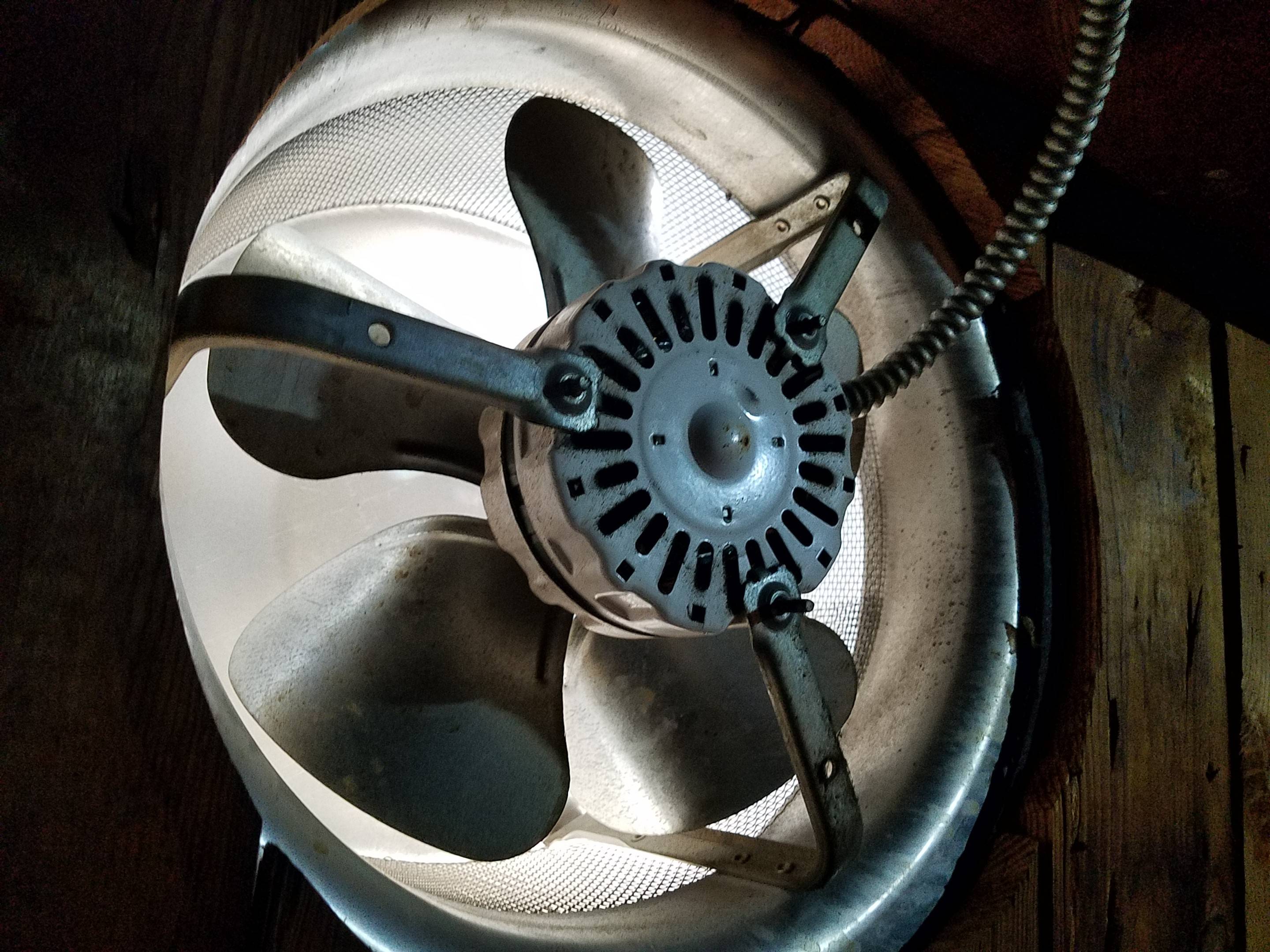
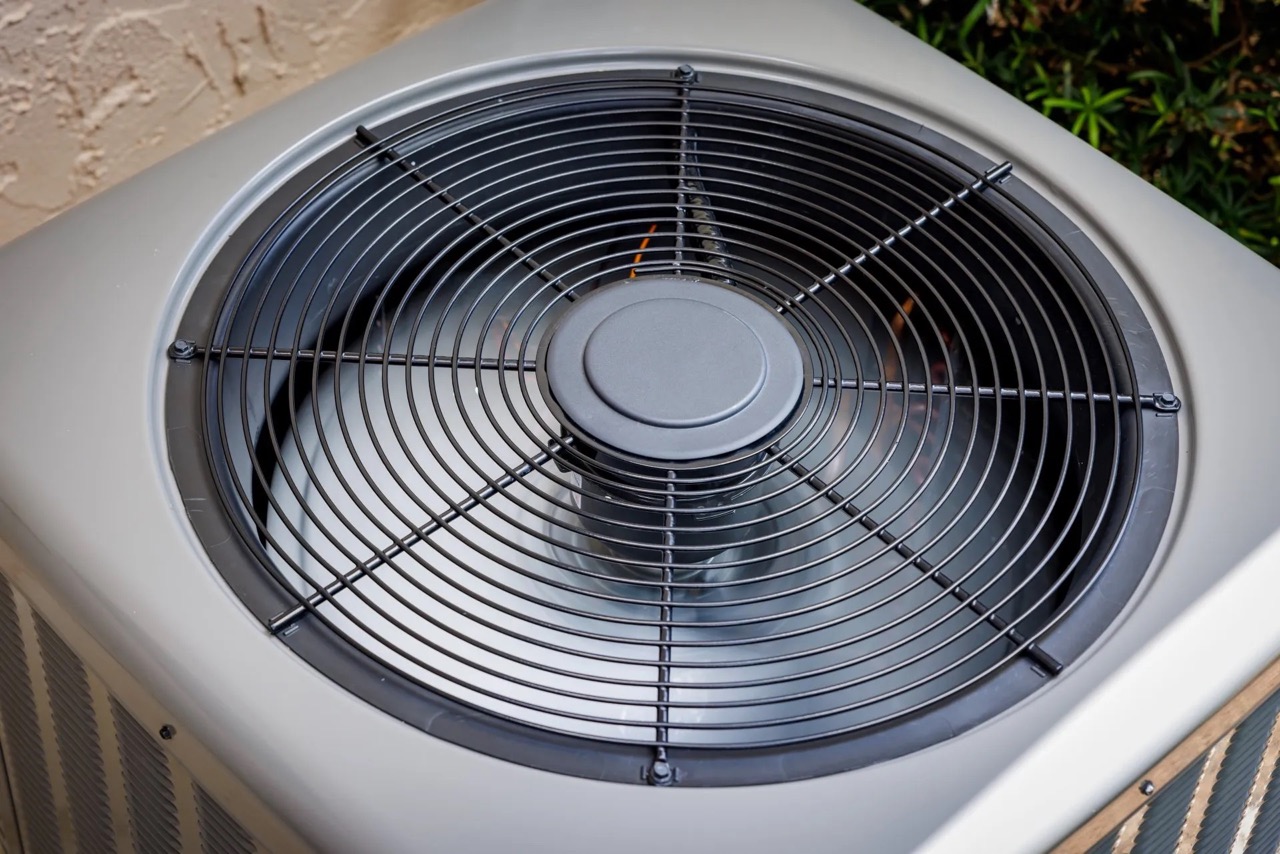
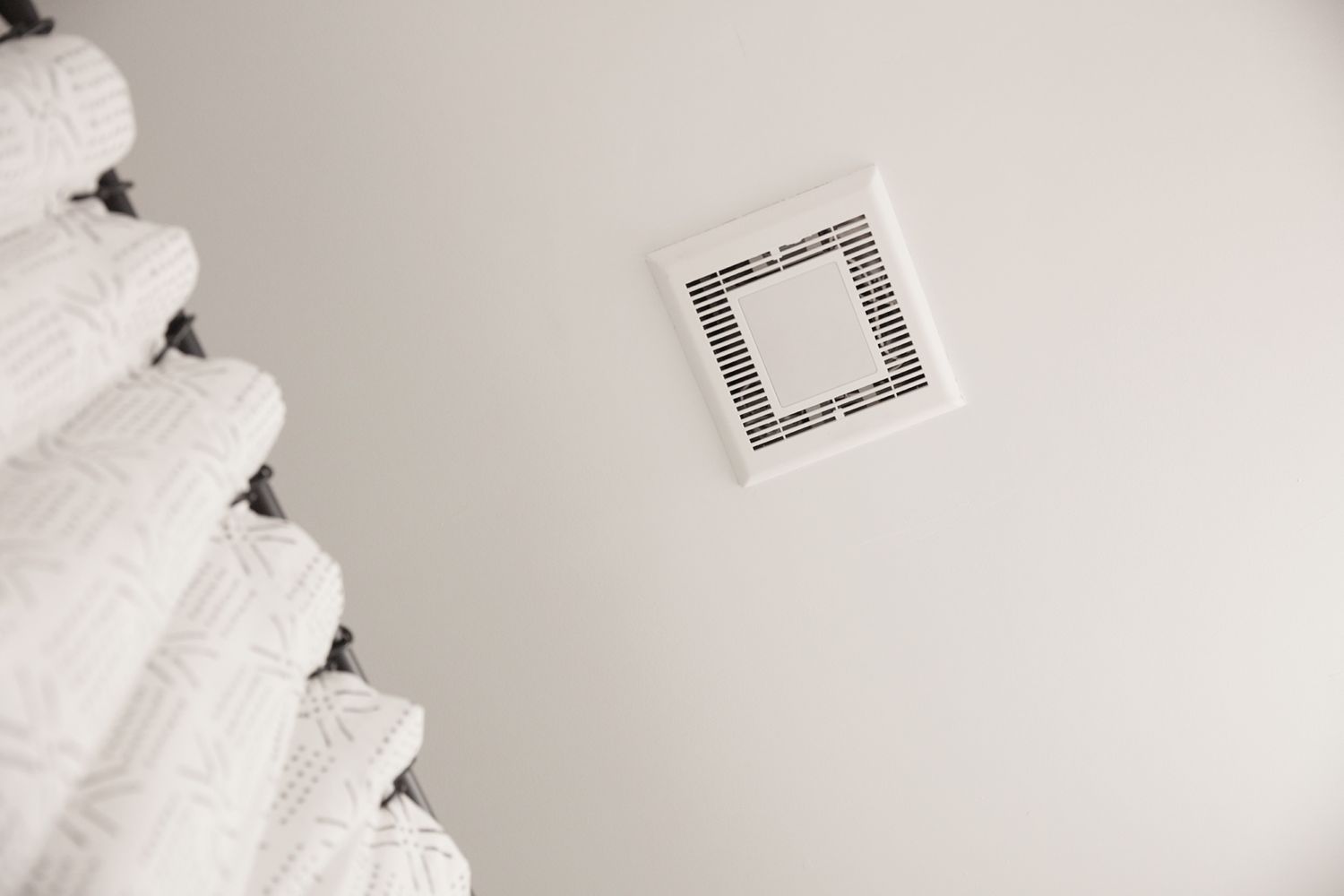
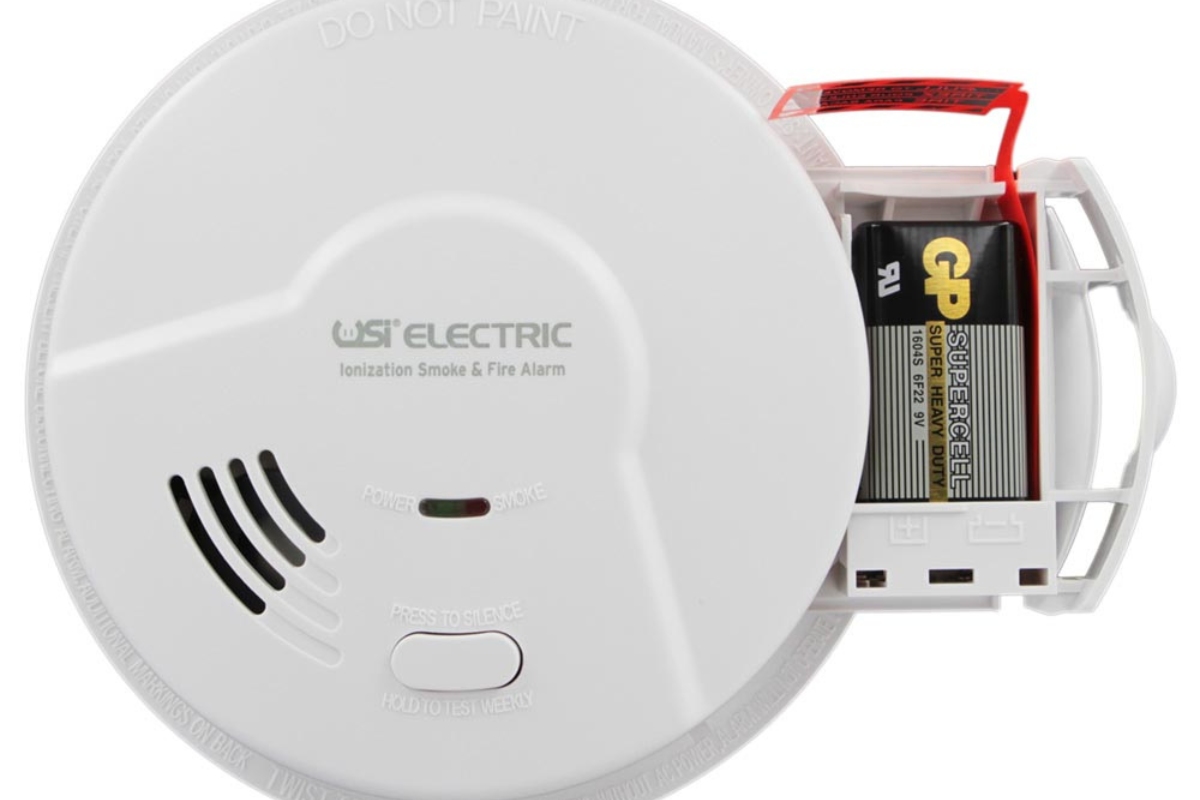
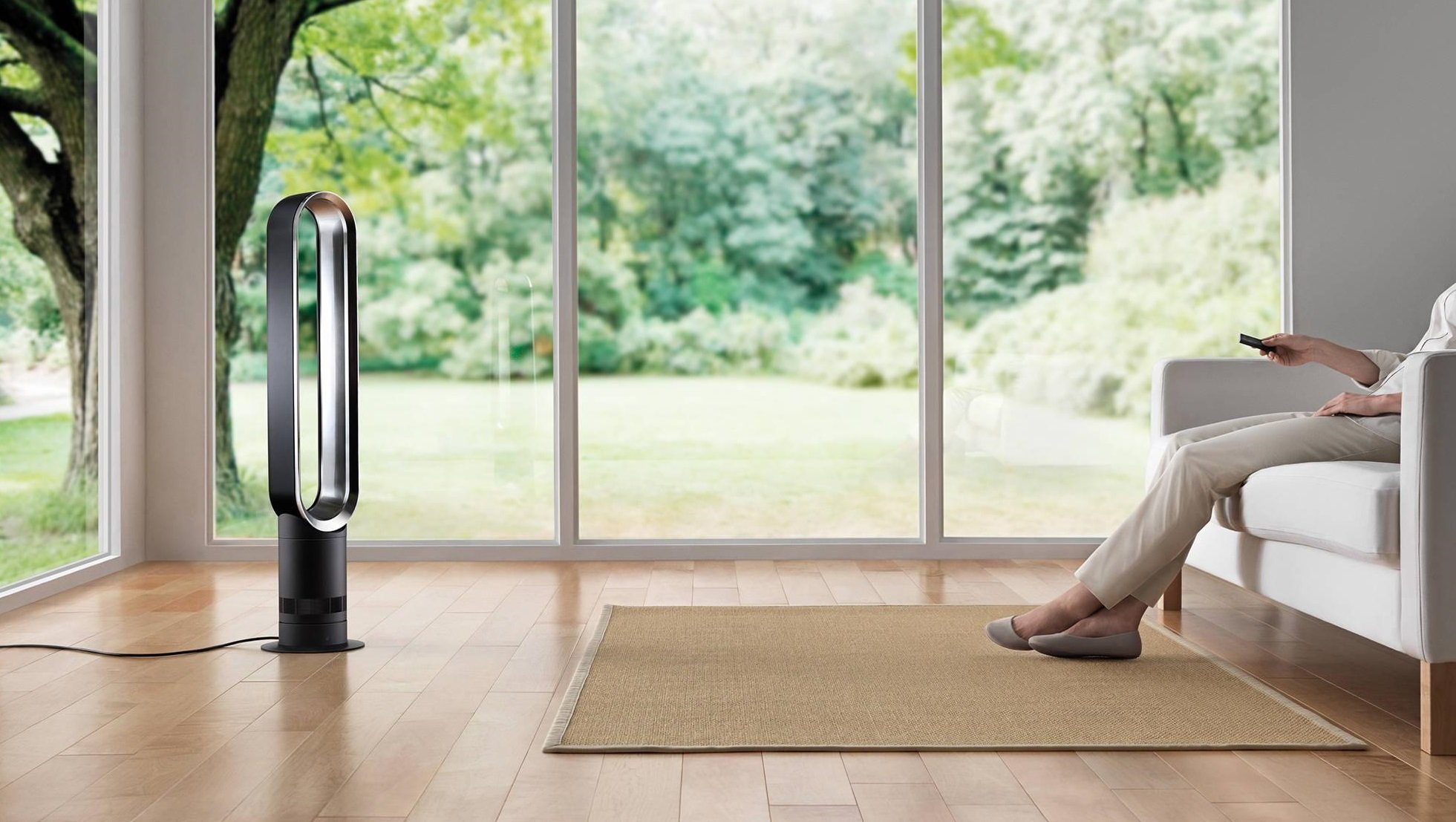


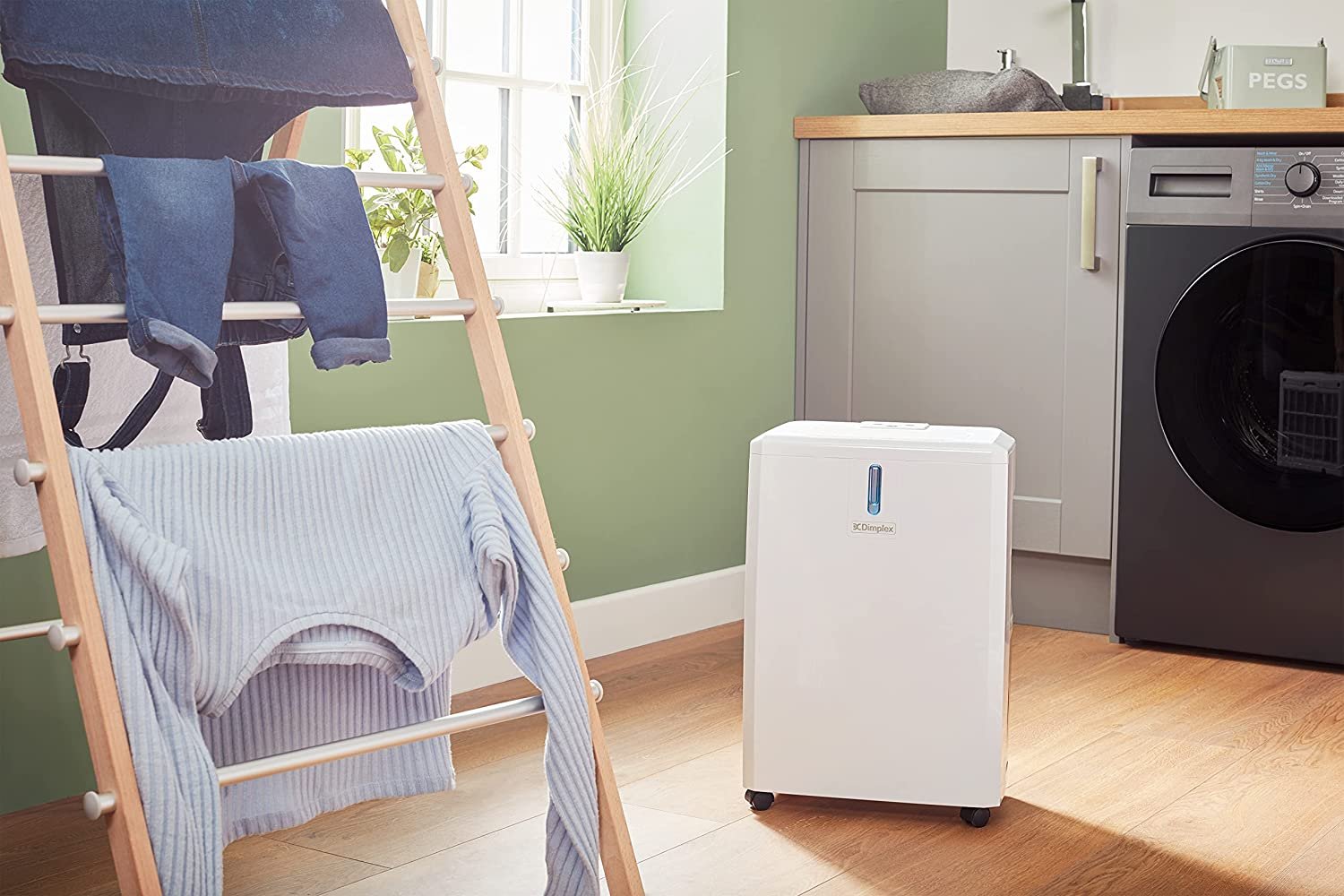
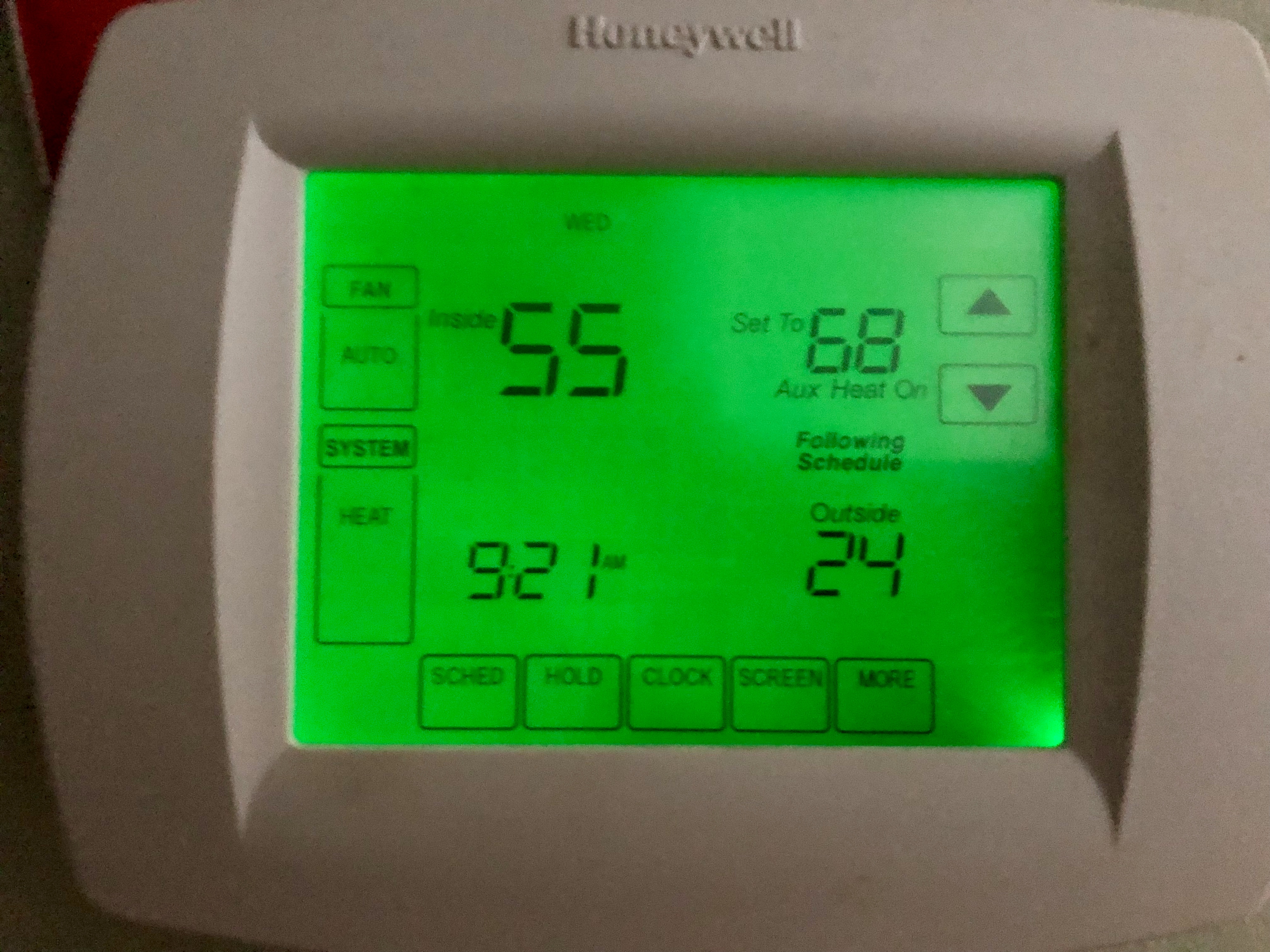
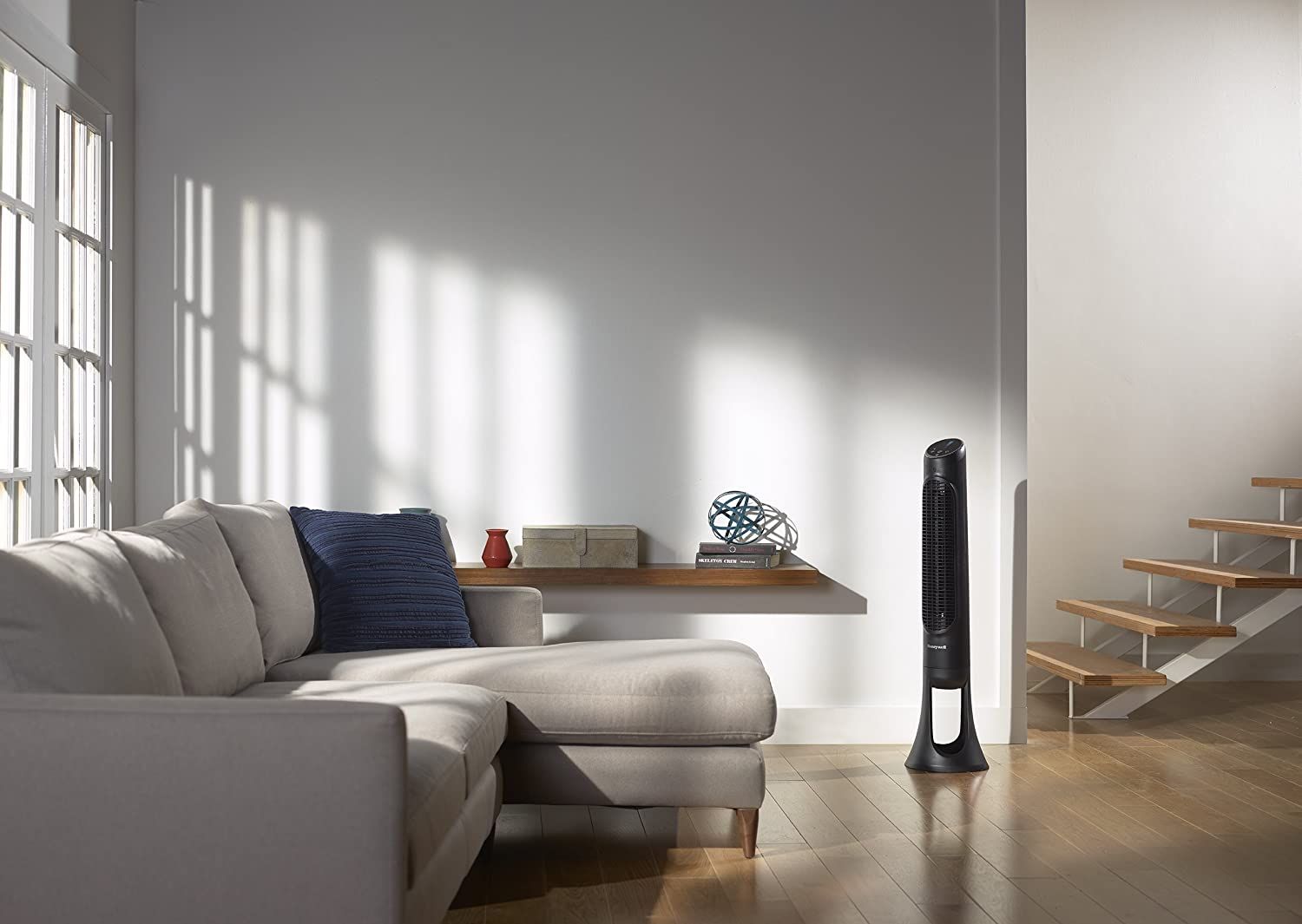
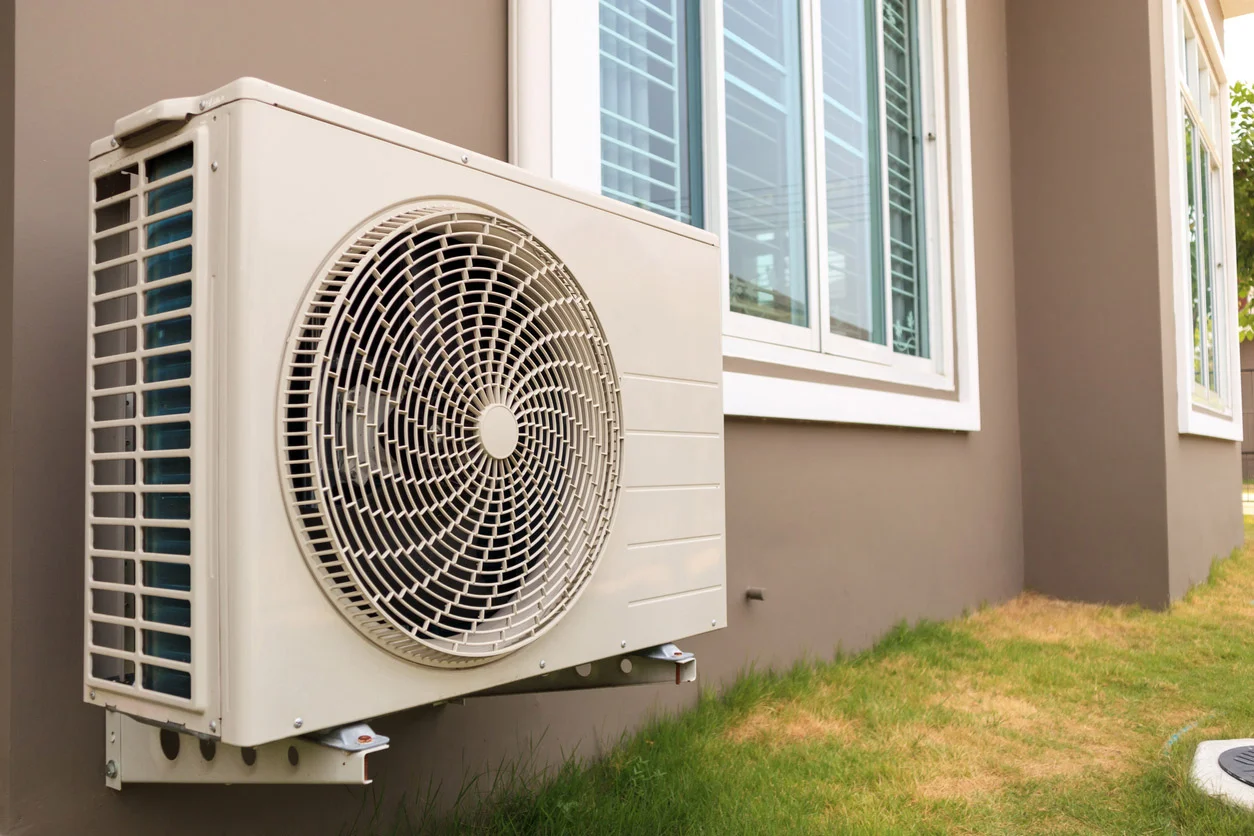


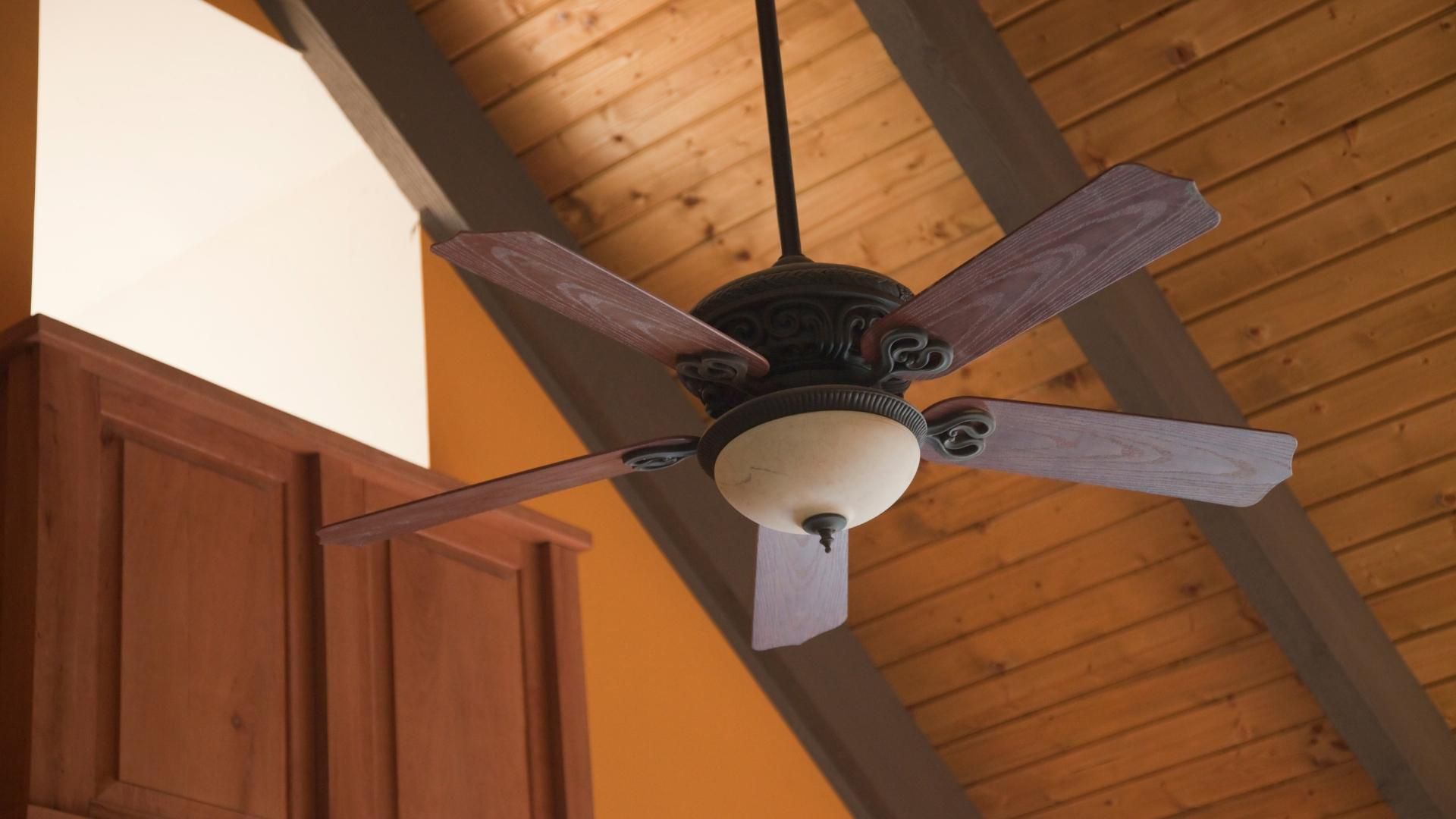

0 thoughts on “What Does An Ionizer Do On A Fan”